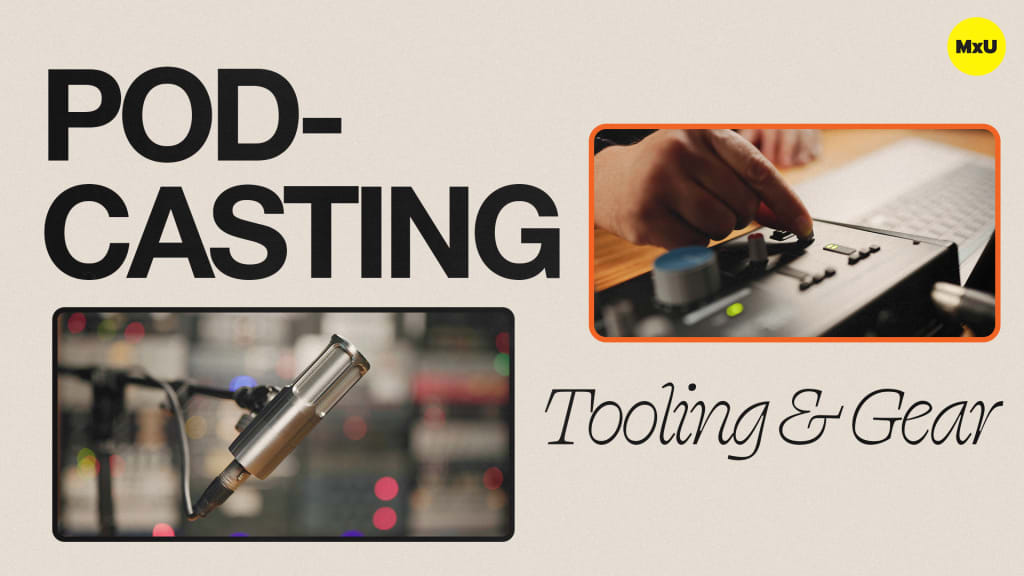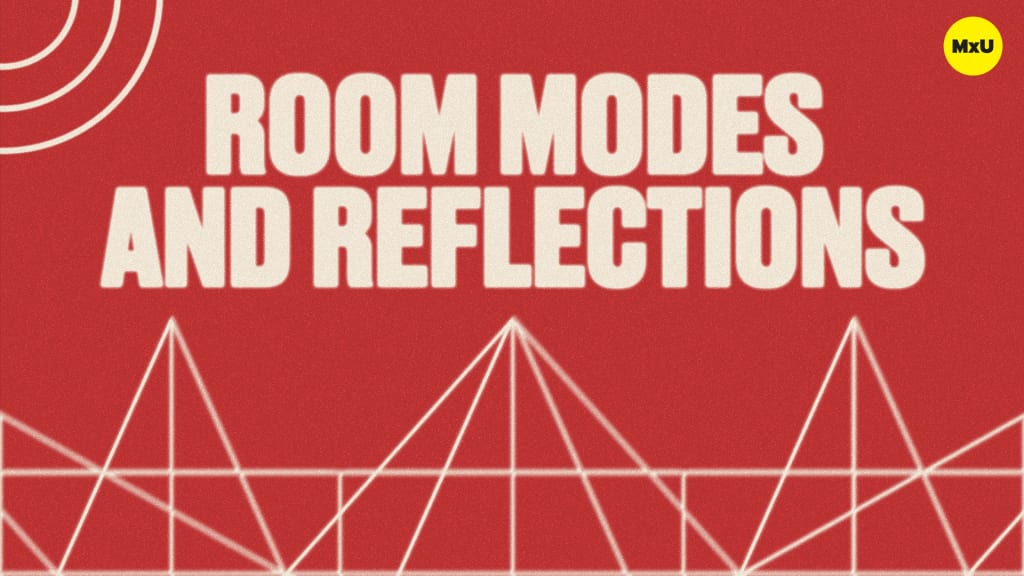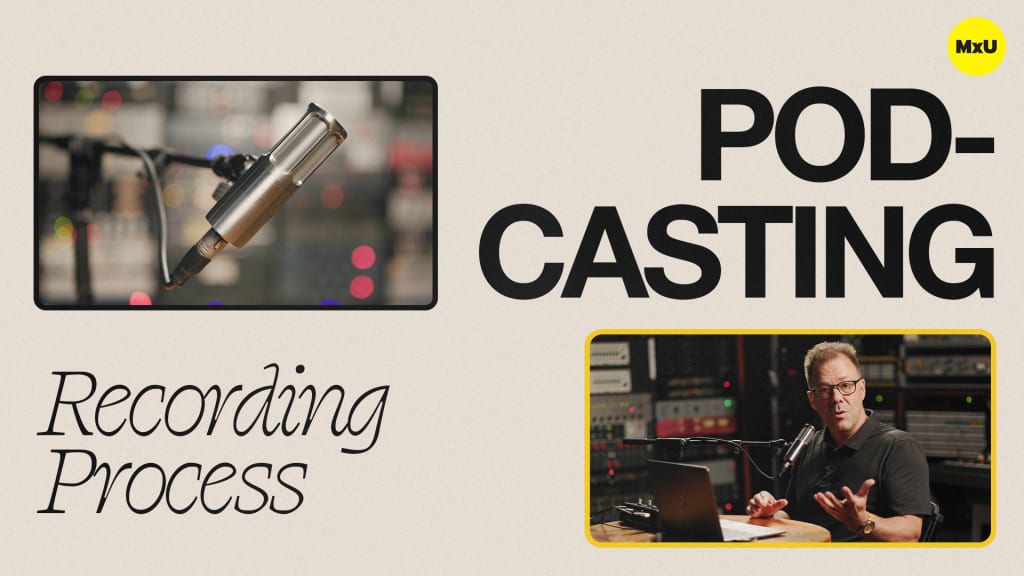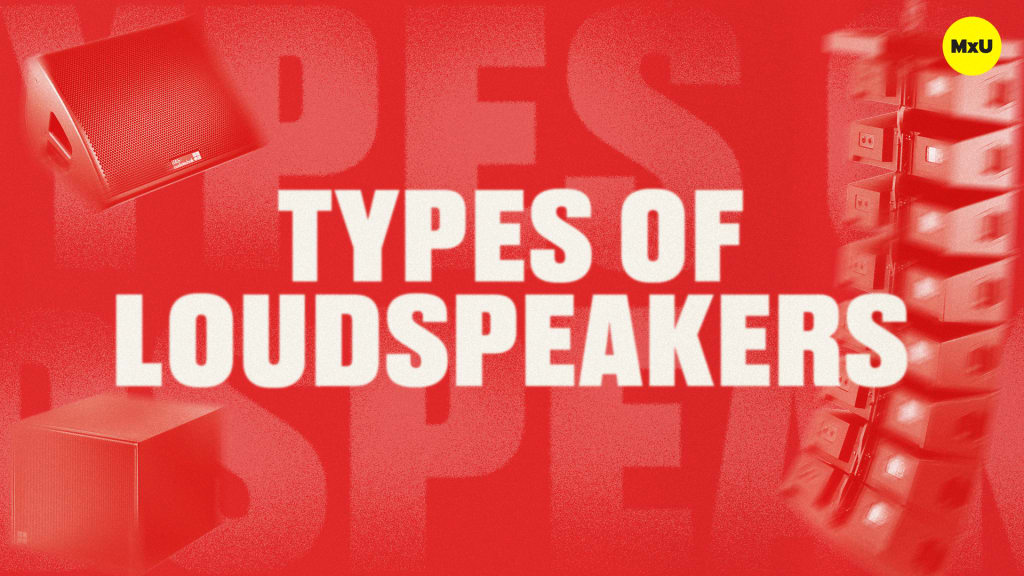Loudspeaker Components
No actions available
Loudspeakers at their core are a type of transducer, but instead of capturing sound, loudspeakers emit sound. Learn how loudspeakers work, and what they’re made up of in this video.
Key Points:
Key Points:
- Transduction is the process of transferring energy from one medium to another.
- Loudspeakers are transducers that behave like microphones, but in reverse. A microphone converts acoustic energy into an electric signal, where loudspeakers are output transducers that convert an electrical signal into acoustic energy.
- The components of a loudspeaker are broken into two parts: Woofers (Cone)- for lower and mid-range frequencies and Compression Drivers (Diaphragm)- for higher frequencies.
- Horns and wave guides are attached to compression drivers and are designed to control the speed, shape and direction of the wave front they are converting.
Pro Tip: Higher frequencies have shorter wave lengths, making them extremely easy to control. In order to achieve minimal interference, it is important to keep this in mind when determining the size and shape of the components that make up the loudspeaker.
Gear in this video:
- Transducer
- Woofer
- Cone
- Magnet
- Pole Piece
- Gap
- Voice Coil
- Spider
- Suspension Ring
- Basket
- Compression Driver
- Phase Plug
- Diaphragm
- 75° x 40° horn
- Wave guide
Categories
Audio
101
Team Videos
Premium Videos
Nothing added









